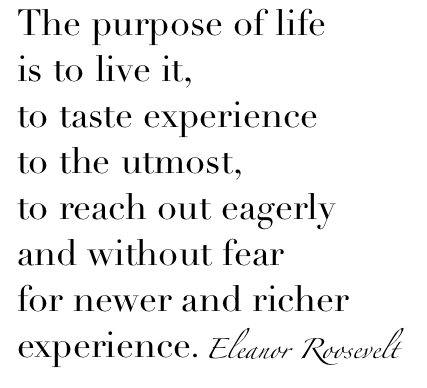While the chapter discusses many important techniques of editing, I will focus on three that I find important and want to use in my video. Those three techniques are listed and quickly defined below.
- b-roll or footage that visually describes the story
- continuity or maintaing story consistency from shot to shot and within scenes
- establishing shot or a shot providing indication of the location of the scene
The chapter suggests that b-roll helps to describe the story visually while a person is speaking about the topic at hand. I plan to use b-roll with each of my restaurants while interviewing owners and friends. While the person I am interviewing answers questions about the restaurant or the experience, I will cut to clips of different images/scenes in the restaurant such as a close up of the food or friends ordering at the counter.
Osgood and Hinshaw also state that keeping continuity in my video "helps to add to the believability of the scene and maintains realism". In the filming I have already done, I have been very careful to shoot footage that connects, makes sense, and pieces the story together in an obvious manner. Since my topic is fun and personal, I don't want to confuse my viewers with unrelated, unconnected jump cuts. Instead, I want them to feel as if they were along for the journey by making it easy for them to see why I have enjoyed uncovering all these delicious restaurants. Continuity will help achieve this goal.
The final technique that I think will add to my video is the use of establishing shots. The chapter discusses the importance of letting the audience know where a scene is taking place by way of an establishing shot or a cue in the dialogue. In my shots, I have been starting every time with a clip of the front of the restaurant, highlighting the sign especially. This will hopefully show my audience where the next scene will take place, keeping them informed and interested.
For someone who has little experience with filming and editing, reading helpful tips such as those in this chapter help immensely. What techniques are you excited to try in your future filming and editing? Do you find it harder to film and get the right shots or edit your filmed material?
















